North American robot sales reach record high in 2022
Control Engineering
FEBRUARY 10, 2023
Industrial robotics insights The Association for Advancing Automation (A3) reported record highs in robot sales for 2022 as the industry continues growing. Driven by the resurgence in robot orders from automotive companies, the North American robotics market set all-time records in both robots sold and value in 2022.

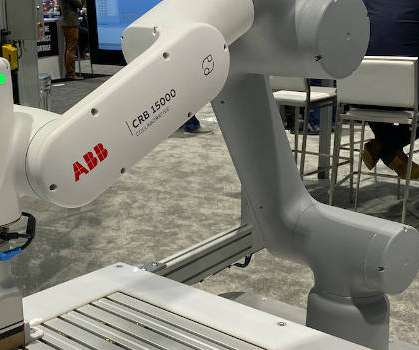
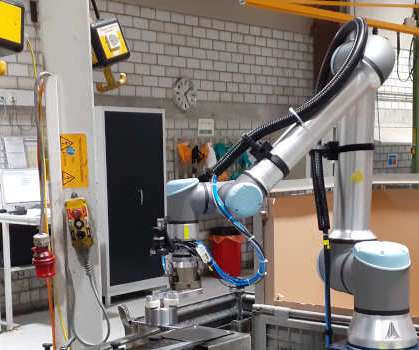
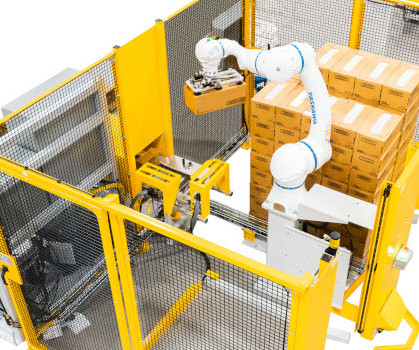
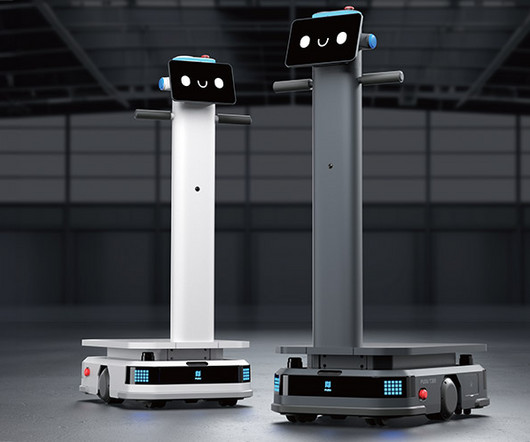
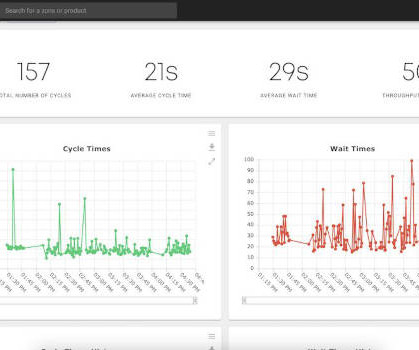






Let's personalize your content